Latest News
Summoners War X AppGallery Meetup 2024: Exclusive Insights with SWC Europe Cup Champions NEF, ISMOO and STARTIIK
Summoners War, a popular mobile role-playing game, has captivated millions with its turn-based monster battles. Boasting over 220 million total downloads across platforms, Summoners War has cultivated a loyal and passionate fanbase.
To celebrate this dedicated community, the Summoners War X AppGallery Meetup 2024 in Hamburg on 30th November invites fans to engage in exciting activities and connect with the community, with top players NEF and ISMOO headlining this sold-out event. We caught up with NEF, ISMOO and STARTIIK, the top three winners of the SWC 2024 Europe Cup, to dive into their strategies, the influence of AppGallery, and the upcoming meetup.
What key strategies helped you win the Europe Cup and advance to the World Finals’ Semi-Finals match?
NEF: A lot of preparation involved strategizing with my friends and anticipating my opponents’ moves. Additionally, having favourable RNG in critical moments played a crucial role in my success.
What was your turning point in Summoners War that influenced you to start competing professionally?
NEF: Throughout my Summoners War journey, I have met so many incredible people who have really helped shape my experience and push me to grow. Watching ISMOO’s energetic performance on the big stage, gave me the motivation to chase my own dreams and got me to where I am today!
How does it feel to be part of the Summoners War X AppGallery Meetup 2024 and what are your thoughts on AppGallery’s Summoners War campaigns and offline events?
NEF: I am thrilled to be a part of meetup! Being involved in this vibrant community has been such a rewarding experience. I appreciate the variety of Summoners War campaigns that AppGallery offers, catering to all kinds of gamers, regardless of budget. Attending Gamescom last year was a phenomenal experience. The energy was electrifying, and it was amazing connecting with fellow gamers who share the same passion!
What key lessons from your past World Finals experiences have contributed to your success in reaching the World Finals’ Semi-Finals again?
ISMOO: Competing in past World Finals has been a crucial step towards my success in the Semi-Finals. It has taught me to stay composed and avoid costly misplays, even when the stakes are high. I have also learned to better analyse and adapt to opponents’ strategies, enabling me to make smarter decisions and perform more consistently under stress.
Reflecting on your 8-year journey, what key moments shaped your path in Summoners War?
ISMOO: One of the highlights was meeting all my in-game friends from Summoners War, including NEF, that I had only interacted with online. It was incredible to finally meet them in person and getting to know each other better!
Another unforgettable moment was competing in SWC World Finals 2022 in Korea. It was my first time traveling to Asia, and playing live on stage was such an exhilarating and surreal experience.
How does it feel to be part of the Summoners War X AppGallery Meetup 2024 and what are your thoughts on AppGallery’s Summoners War campaigns and offline events?
ISMOO: It feels amazing to be part of this meetup. Reconnecting with the community and meeting so many new people has been a blast! Incredibly grateful for the multiple events that AppGallery has hosted and invited me – It is truly an honour and excited for future events!
What key lessons helped you win second-place at the Europe Cup and advance to the World Finals’ Quarter-Finals match?
STARTIIK: I spent a year focusing on mastering drafts and learning which monsters counter certain meta picks. My Europe Cup preparation involved studying my opponents and analysing their playstyles. However, the World Finals demanded a completely different approach. Preparing for LADRILLO-OS was manageable while LEST’s unpredictability made it more challenging.
As a first-time Europe Cup player, what elements of your gameplay surprise opponents, and does their underestimation give you an edge?
STARTIIK: As a first-timer competitor on stage, many opponents underestimated me despite having experienced my strengths in previous matches. The real challenge lies in proving yourself as a worthy competitor who can handle pressure and deliver consistent results. My fast-paced cleaving strategy has always been my focus but the addition of Lora to my roster this year has strengthened my second-turn gameplay, allowing me to explore new strategies.
How has your AppGallery experience been, and how do its Summoners War campaigns and cashback benefits enhance your gameplay?
STARTIIK: My experience with AppGallery has been great! Installing it on my Android device was a breeze, and navigating the app is intuitive and straightforward. The enticing campaigns and cashback deals have been a great bonus, enabling me to grab some excellent discounts on in-game packs.
The post Summoners War X AppGallery Meetup 2024: Exclusive Insights with SWC Europe Cup Champions NEF, ISMOO and STARTIIK appeared first on European Gaming Industry News.

Latest News
From ‘Mummyverse’ to Crash Games: Belatra Reviews a Landmark 2025
Editor’s Take
Why this matters: Belatra has been a steady hand in the slots world for a long time, but 2025 marked a distinct shift in strategy. By entering the Crash vertical with Goose Boom Bang and winning big at SiGMA Africa, the studio is clearly pivoting to capture the high-growth, high-frequency players in emerging markets. They are no longer just a “classic slots” developer; they are diversifying the portfolio to ensure relevance in regions like LatAm and Africa.
The Full Story
Belatra Games, the specialist online slots developer, has issued a strategic review of its 2025 operations, celebrating a 12-month period defined by entry into new game verticals, significant franchise expansion, and high-profile industry recognition.
The year was characterized by a dual strategy: deepening engagement in established markets while aggressively expanding its content portfolio to suit local preferences in emerging territories.
Portfolio Evolution: Crash and Battles 2025 saw Belatra move beyond its traditional slot roots. The company made its debut in the high-demand Crash game vertical with the launch of Goose Boom Bang, a title designed to tap into the fast-paced gameplay preference of younger demographics.
Additionally, the studio introduced a fresh game concept with the launch of Battles, a new format unveiled for the first time in 2025, with further development planned for 2026.
The ‘Mummyverse’ Expands For fans of classic slots, the highlight of the year was the aggressive expansion of the Mummyverse. Belatra nearly doubled the size of this franchise over the year, making it the most extensive game universe in their entire catalog.
The developer also focused on B2B localization, releasing a number of exclusive bespoke games created specifically for selected operator partners to meet specific local market tastes.
Awards and Recognition The company’s strategic shifts were validated by industry accolades. Belatra secured over 30 nominations throughout the year, with standout wins including:
-
Best Slot Provider (awarded by BitStarz).
-
Most Played Game of 2025 for Make It Gold at the SiGMA Africa Awards.
-
Player’s Pick Award.
Management Commentary Misha Voinich, Head of Business Development at Belatra, commented on the studio’s momentum:
“This year has truly defined who we are as a studio – ambitious, creative and focused on building long-term partnerships. We’ve expanded our universes, launched new ones and entered exciting new markets that will all help us carry this momentum into the New Year.”
The post From ‘Mummyverse’ to Crash Games: Belatra Reviews a Landmark 2025 appeared first on Gaming and Gambling Industry Newsroom.
Latest News
‘Chaos and Soul’: Ebaka Games Plots Global Expansion After Viral Launch
Editor’s Take
Why this matters: The “Instant Game” vertical (Crash, Plinko, Mines) is becoming crowded, but Ebaka Games is cutting through the noise with a distinct brand personality. By securing BMM Testlabs certification so quickly after launch, they are signaling to Tier 1 operators that despite their “chaotic” marketing vibe, the math underneath is solid and compliant. The backing of industry veteran Dmitry Belianin also adds immediate commercial credibility to the startup.
The Full Story
Ebaka Games, the fledgling studio that promises to bring “chaos and soul” to the iGaming sector, has outlined an aggressive growth strategy for 2026 following a landmark launch period in late 2025.
The studio, which officially debuted in November, reports that its initial rollout reached more than five million people worldwide. The launch saw its portfolio go live with the operator Menace, serving as the initial testbed for its mechanics and “Ebaka modes.”
The Product: Instant Games with Personality Ebaka is bypassing traditional slots to focus on the high-growth vertical of fast-paced, instant-win games. Their initial lineup includes:
-
Plinko
-
Mines
-
Tower
-
Limbo
-
Crash
Differentiation is achieved through unique mascots and signature gameplay tweaks designed to offer high win potential and distinct visual identities, moving away from the generic interfaces often found in this genre.
Regulatory Milestone Crucially for its 2026 roadmap, Ebaka Games has confirmed it has secured certification from BMM Testlabs. This accreditation validates the fairness and integrity of its RNG (Random Number Generator) and game engines, removing a major barrier to entry for regulated markets. With this certification in hand, the studio plans to launch with a number of “major brands” in the coming year.
Management Commentary Vitalii Zalievskyi, CEO of Ebaka Games, commented on the studio’s unorthodox approach:
“It’s only been a few weeks since we first introduced Ebaka Games to the world. The feedback has been breathtaking, and it vindicates the decision for us to take a different path to the rest of the industry. You don’t need huge marketing budgets to grab people’s attention if you are building something truly innovative.”
Industry Backing The studio describes itself as being “created by players for players” but boasts significant industry firepower in its corner. The team includes Dmitry Belianin, a well-known figure in the sector who is the co-founder of Blask and Menace, as well as Managing Partner at Already Media.
The post ‘Chaos and Soul’: Ebaka Games Plots Global Expansion After Viral Launch appeared first on Gaming and Gambling Industry Newsroom.
Latest News
Racing Meets Nightlife: SBK Backs ARC’s New ‘Friday Night Live’ Series
Editor’s Take
Why this matters: British racing has a well-documented demographic problem; its core audience is aging. “Friday Night Live” is a direct attempt to fix this by blending high-stakes racing with the “experience economy” (DJs, nightlife vibes) that appeals to Gen Z and Millennials. Bringing SBK on board—a mobile-first, app-only sportsbook—is a perfect demographic fit, while the Racing Post adds the necessary credibility to ensure the actual racing product remains the focus.
The Full Story
Arena Racing Company (ARC) has unveiled the strategic commercial lineup for its upcoming Friday Night Live series, confirming SBK as the Exclusive Betting Partner and The Racing Post as the Official Media Partner.
Set to launch in January 2026, Friday Night Live is a new initiative created in collaboration with youth-focused events company INVADES. The series is designed to overhaul the traditional race day experience, featuring fast-paced fixtures under floodlights, DJ sets, and significant entertainment elements sandwiched between races.
The Commercial Deal
-
SBK: As the exclusive betting partner, the Smarkets-owned sportsbook will take naming rights and on-course branding for all 35 races. Crucially, these races will be broadcast live on mainstream television via ITV Racing as well as Sky Sports Research.
-
The Racing Post: As the Official Media Partner, the publication will provide content, coverage, and promotion across its digital platforms, aiming to bridge the gap between established racing purists and the new audience ARC hopes to attract.
A High-Stakes Experiment The series is not just a marketing exercise; it carries serious sporting weight. Each of the five scheduled nights will feature over £200,000 in prize money. The fixtures will rotate across three of ARC’s all-weather tracks: Wolverhampton, Newcastle, and Southwell.
Management Commentary David Leyden Dunbar, Group Director of Commercial Strategy at ARC, was clear about the target audience:
“We have been very clear that one of the aims of Friday Night Live is to engage the next generation of racing fans… Both [partners] have shown real enthusiasm to work with us… as well as using the platform that these fixtures will offer them to also engage with more established racing and sports fans.”
Adam Baylis, Marketing Director at SBK, added:
“Friday Night Live [is] a fresh and engaging concept that brings a new energy to British racing. SBK has always been built around sport… our focus is on enhancing the live race day experience in a fun, social and responsible way.”
The 2026 Schedule The series kicks off immediately in the new year:
-
9th Jan: Wolverhampton
-
6th Feb: Newcastle
-
20th Feb: Southwell
-
20th March: Wolverhampton
-
27th March: Newcastle
The post Racing Meets Nightlife: SBK Backs ARC’s New ‘Friday Night Live’ Series appeared first on Gaming and Gambling Industry Newsroom.
-

 Latest News2 weeks ago
Latest News2 weeks agoSCCG Announces Strategic Partnership with Yellow Elephant Studios to Expand Multi-Channel Gaming Content Worldwide
-
Latest News2 months ago
JioBLAST Launches All Stars vs India powered by Campa Energy: A New Era of Creator-Driven Esports Entertainment
-
eSports1 month ago
CS:GO Betting Gains Momentum in the iGaming Sector
-
Latest News3 weeks ago
THE 2025 PUBG MOBILE GLOBAL CHAMPIONSHIP GROUP STAGE WRAPS UP WITH LAST CHANCE IN SIGHT
-
Latest News1 month ago
S8UL Esports acquires Team Elite’s Free Fire MAX roster to form S8UL Elite
-
Latest News3 months ago
GGPoker Unveils Massive Weekly $100K Freeroll, Kicking Off October 18
-
Latest News2 months ago
RocketPlay wins Best Customer Service at European iGaming Excellence Awards
-
Latest News2 months ago
Kambi Group plc Q3 2025 Report



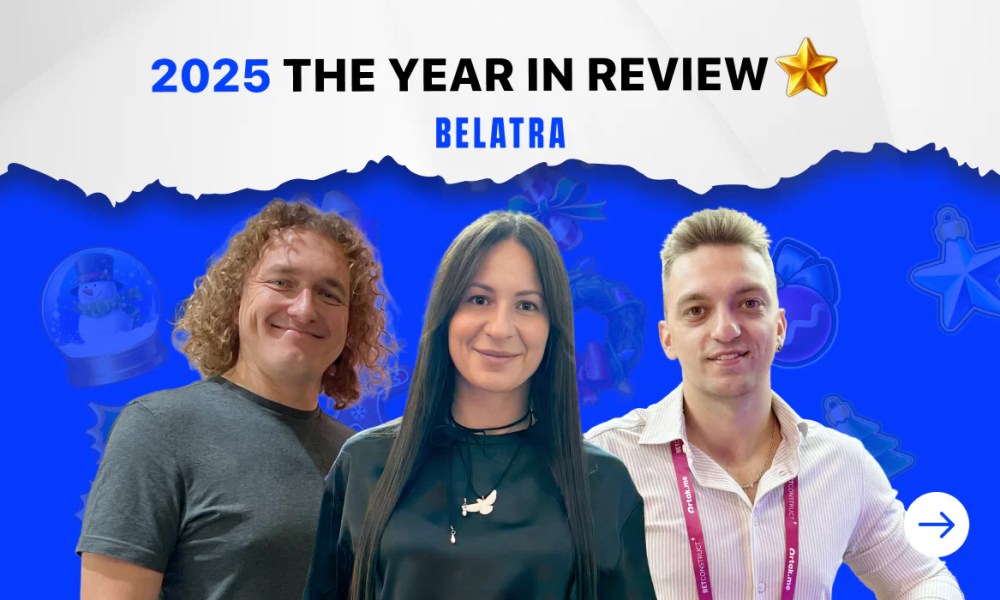
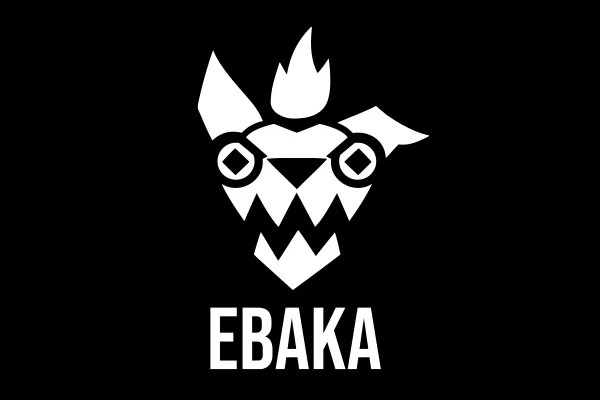


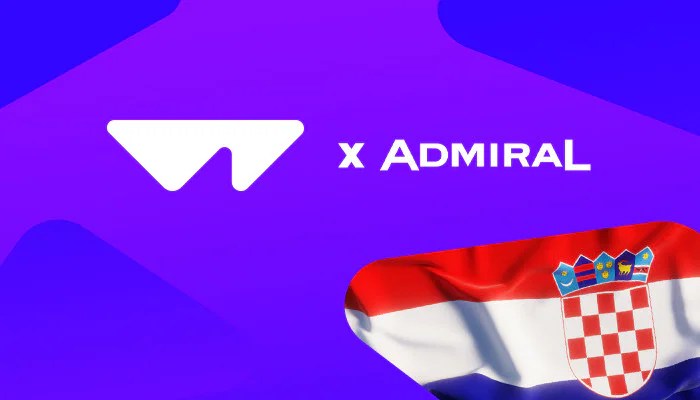


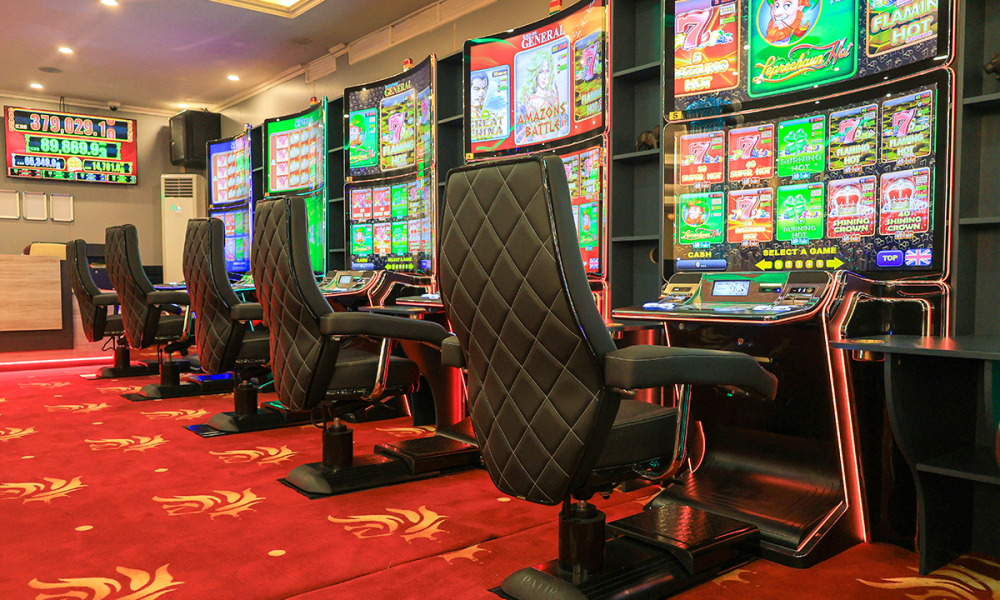

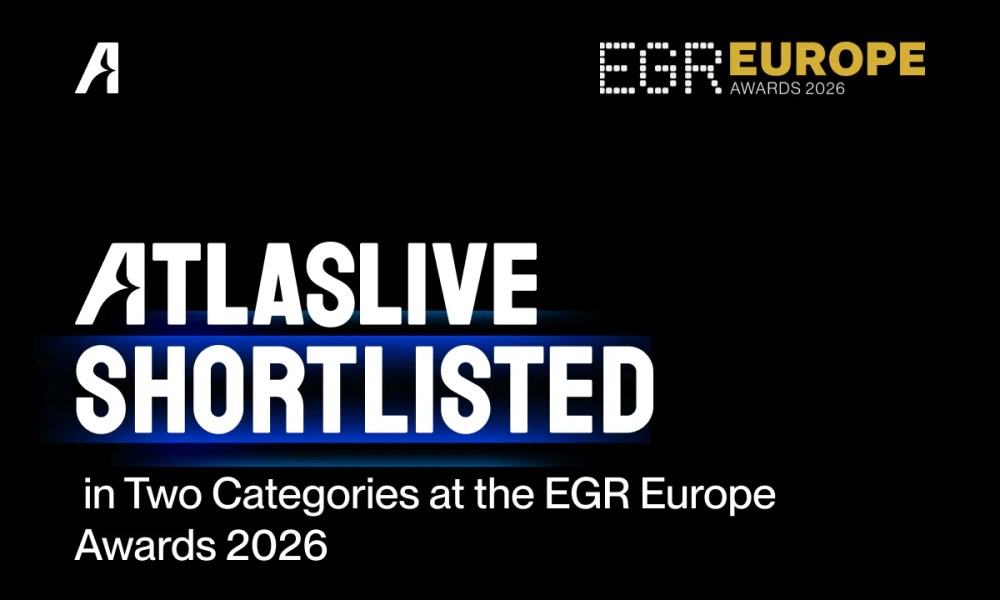
You must be logged in to post a comment Login